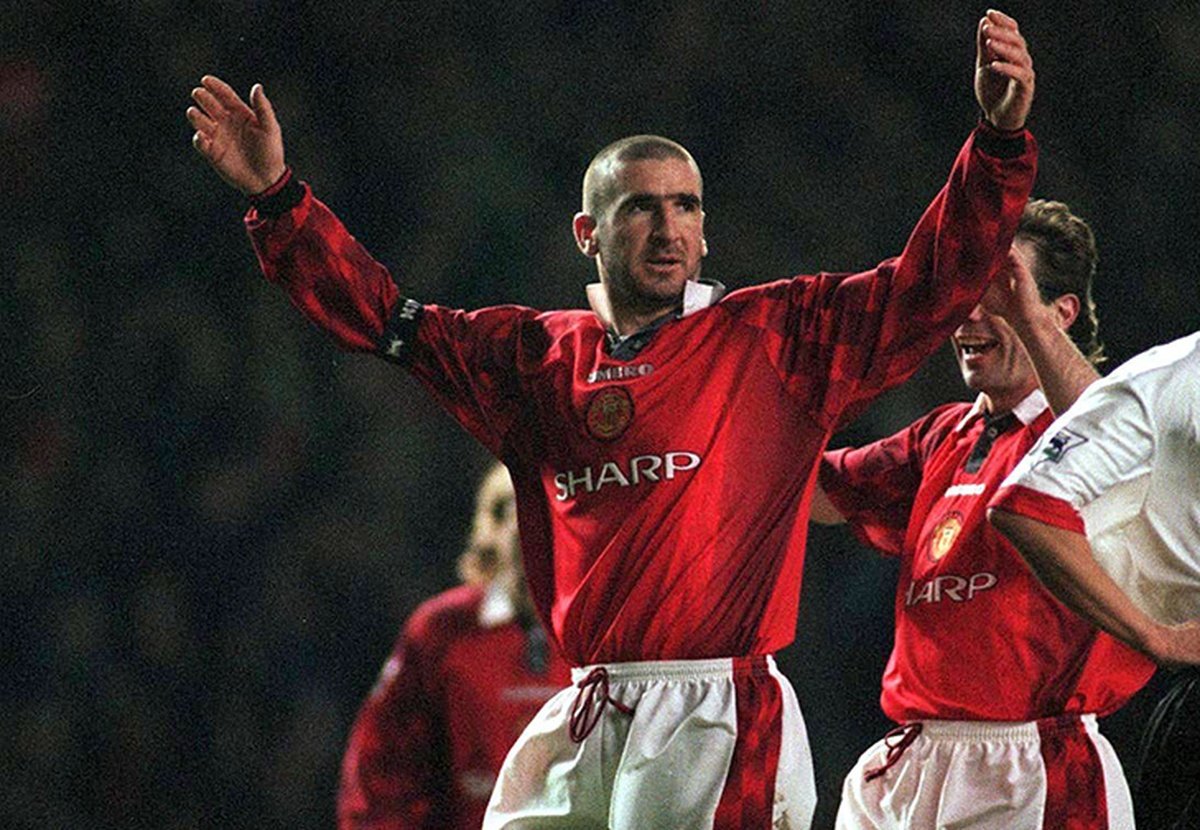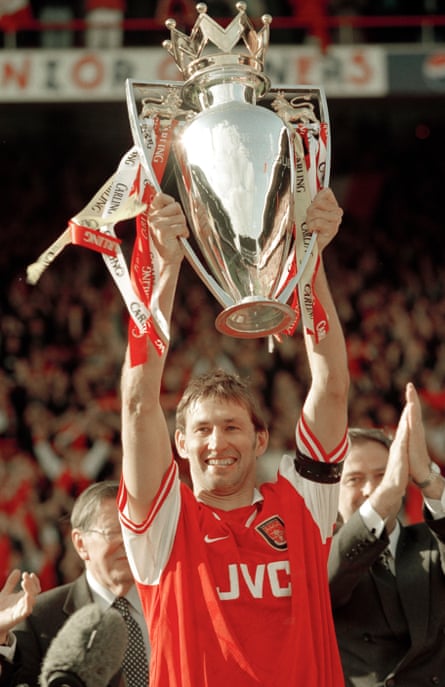Football shirts can be remembered as much for the sponsor across the chest as for the badge over the heart.
Think of Manchester United in the 1990s and one word comes to mind: Sharp. Not the winger whose form temporarily displaced Ryan Giggs, no. We're on about the kit sponsor. The Japanese electronics brand wasn’t the flashiest, but its steady presence across United’s shirts from 1982 to 2000 made it iconic. When Eric Cantona turned up his collar, when Ryan Giggs weaved through Arsenal, when David Beckham bent it from the halfway line - Sharp was right there, part of the image. For a generation of fans, Sharp wasn’t a TV manufacturer; it was a part of Manchester United.

Liverpool had Crown Paints, then Candy, before settling into the Carlsberg era that lasted from 1992 to 2010. The green Carlsberg script became so familiar that it almost felt like part of the club crest. Steven Gerrard lifting the Champions League trophy in Istanbul, Jamie Carragher sliding into tackles, Michael Owen racing clear — all of it happened under that sponsor. Carlsberg and Liverpool went hand in hand for nearly two decades.
Arsenal’s story is similar with JVC. From the late 1980s through the 1990s, the red shirt with that white JVC logo became a classic. Tony Adams, Ian Wright, Dennis Bergkamp - all were defined by that look. When O2 replaced it in the early 2000s, it signalled not just a new sponsor but a new era: Arsène Wenger’s Invincibles. Sponsors can mark generational shifts as clearly as managers or star players.

Internationally, sponsors don’t appear on national team shirts, but club deals have left cultural footprints worldwide. Parma’s yellow-and-blue kits with Parmalat in the 1990s are a collector’s dream, a reminder of a time when a dairy company bankrolled one of Europe’s most entertaining sides. Likewise, Fiorentina’s Nintendo sponsorship in the late ’90s remains one of the most beloved crossovers between football and pop culture. Gabriel Batistuta in purple with the Nintendo logo is the stuff of legend.

Of course, not every sponsor has aged well. Tobacco brands like Holsten or Silk Cut, once splashed across shirts, are now banned. Betting companies dominate the landscape today, but their legacy may not be as fondly remembered. Sponsors reflect their times, for better or worse. The current decade we’re in doesn’t feel like it’ll either be fondly remembered or looked back upon with any real clarity. Perhaps the sheer volume of shirts released these days, plays a part in that too.
What’s most striking is how logos, designed for corporate recognition, have become wrapped up in emotion. They carry memories of first matches, of victories and defeats, of childhood heroes. Fans might not own a Sharp television, but they’ll wear a Sharp shirt with pride. That’s the magic of football - it transforms advertising into identity.
Sponsors come and go. Clubs change partners, logos are redesigned, regulations evolve. But for supporters, the right sponsor in the right era becomes timeless. In the museum of football shirts, these names are etched alongside the players who wore them. And in the end, that’s what makes a sponsor unforgettable: not the brand itself, but the memories it’s stitched into.
We also think you'll like...